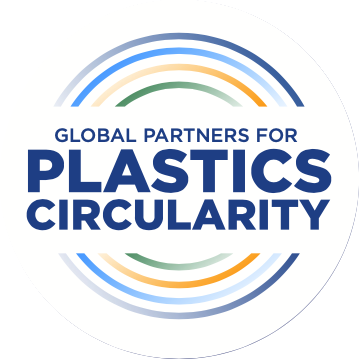
BUILDING A CIRCULAR ECONOMY CONTRIBUTES TO U.N. RESPONSIBLE CONSUMPTION AND PRODUCTION GOAL
A well-crafted global agreement to eliminate plastic pollution can help accelerate a circular economy for plastics, which will benefit parts of the U.N.’s responsible consumption and production goal.

United Nations Sustainable Development Goal (SDG) #12:
Ensure Sustainable Consumption and Production Patterns
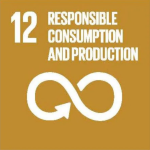
SDG 12 is exemplified by a circular economy for plastics
To help achieve SDG 12, we need to accelerate development of a circular economy in which plastic products and packaging are sustainably designed, produced, used, reused and/or recycled instead of discarded.
Plastics materials are valued for their efficiency and many benefits they provide to society. They also have been found to help reduce greenhouse gas emissions compared to common alternatives for many uses.1 Reusing/recycling plastics further drives down greenhouse gas emissions.
A large portion of plastics are consumed in medium to longer-term durable applications. Durability is a key design and performance characteristic that helps decouple consumption from resource extraction, keeping materials in use at their highest value for longer, reducing waste and pollution.
A global agreement should complement circular design and durability by helping develop robust plastic waste collection/recycling infrastructure and supply chains that support local/regional solutions to ending plastic pollution.
An agreement that enables a circular economy will help achieve SDG 12 and its targets and indicators, such as halving global food waste and reducing waste generation. It will be instrumental in achieving the SDG 14 Life Below Water indicator on “plastic debris density”, which is the foundation of a global agreement on plastic pollution. It also will help advance progress on other SDGs where plastics can make an important contribution, such as SDG 6 Clean Water and Sanitation, SDG 7 Affordable and Clean Energy and SDG 13 Climate Action.
Plastic makers across the globe are contributing a multi-pronged approach to advance increasingly circular business systems by:

Investing tens of billions of dollars in recycling infrastructure around the globe. Check out plasticscircularity.org/our-progress/ to learn more.

Designing products so they can be reused or recycled more easily, and so they contain more recycled plastic while retaining their performance. Through significant R&D and investments, a growing number of plastic products are being designed to support a more circular future.
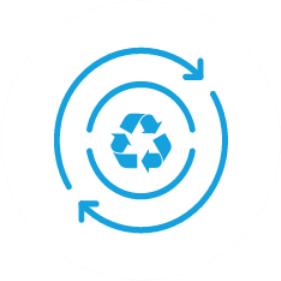
Increasing the amount of circular feedstocks used to create new plastics. This includes using feedstocks from recycling outputs, biomass sources and waste CO2 from industrial processes.
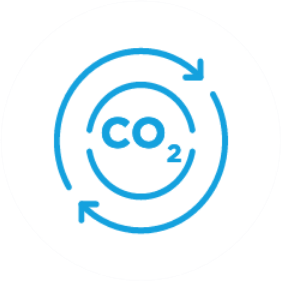
Reducing the environmental footprint of plastic manufacturing by using more renewable energy at facilities and upgrading facility components to manufacture more efficiently. For example, in the U.S. plastic makers of four major resins (PP, LDPE, LLDPE, HDPE) reduced CO2 equivalents by a total of 4.97 billion kgs despite a combined increase in production of more than 1.8 billion kgs between 2010 and 2020 assessments.2

Improving transparency of the materials and additives used to deliver circular performance characteristics.
By applying circular economy principles, we can capture the value of used plastics and return them to the manufacturing stream to make new products.
The benefits of a circular economy are two-fold: a lower environmental footprint from plastics production and a lower potential for used plastics to become pollution.
A well-crafted global agreement on plastic pollution can enable circularity and support progress toward achieving SDG 12 through the following actions:
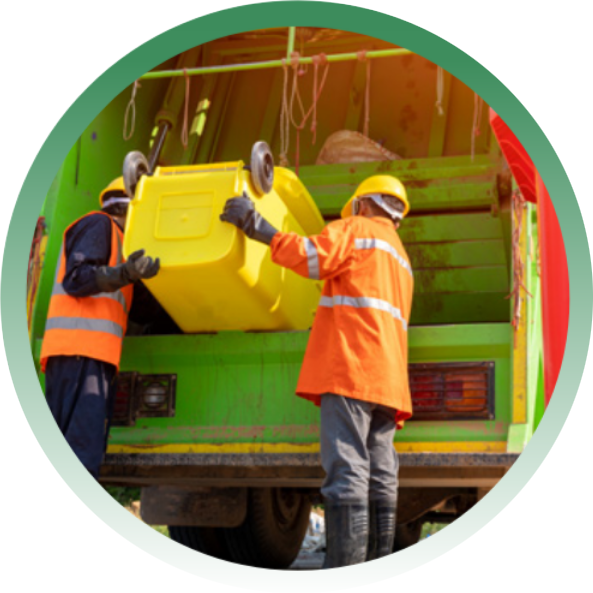
Increasing access to plastic waste as a feedstock
In order to use waste as a feedstock, it must be collected by waste management systems. This is the foundation and a prerequisite for circularity. Plastic producers lack access to sufficient quantities of feedstock made from sorted plastic waste to meet demand for new, recycled plastic. Waste management infrastructure is the most effective way to stop used plastics from becoming pollution. Billions around the globe lack access to basic waste management. The global agreement on plastics can support countries in improving their waste management systems. It should recognize that waste management is a local matter, which underscores the need for country-specific approaches to be most effective.

Accelerating innovation in product design
Guidance on design for circularity can help governments promote policies to match products and packaging in local markets to the infrastructure available. This enables governments to scale up circularity while being mindful of its people’s unique culture, such as where markets and food stalls are a part of the community. Such guidance also increases certainty for the plastics value chain, which can facilitate collaboration with governments. This would enable innovations in product delivery and packaging formats that reduce waste and increase reuse and recyclability of plastics.
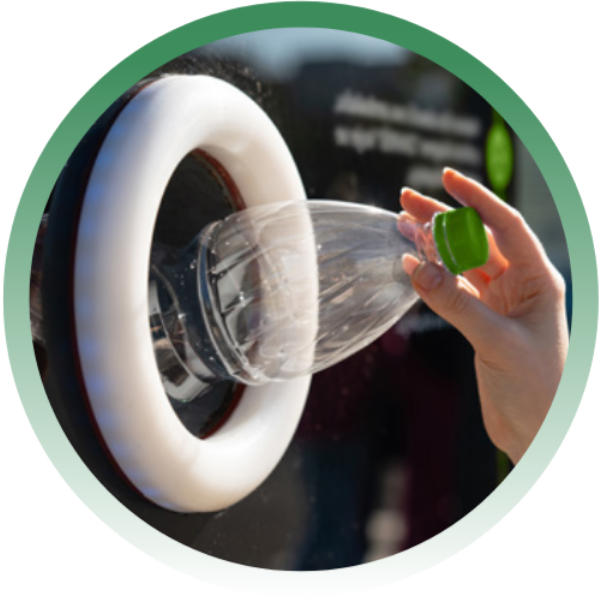
Driving market demand for recycling plastic
Industry responds quickly to demand signals by investing in infrastructure and deploying innovation to meet market needs. Encouraging countries to create recycled content targets in plastic goods will create those demand signals for more investments in circularity. It also increases market stability by lowering risk in new investments for equipment and labor needed to produce and incorporate recycled plastic into new products and packaging

Encouraging countries to re-evaluate domestic regulations to accelerate circularity
Governments have developed regulations based on the linear economy, often prioritizing disposal over circularity. Governments should evaluate and update their domestic regulations to reinforce the waste hierarchy of reduce, reuse, repair, repurpose and recycle in the context of their national circumstances. This will inherently promote circularity and help achieve SDG 12. For example, countries should appropriately regulate chemical recycling technologies so hard-to-recycle plastics – and those used in applications that aren’t compatible with mechanical recycling (e.g., healthcare, durable goods) – can become feedstocks for new plastics.

Leveraging trade as a tool to accelerate circularity
Removing barriers that prohibit used plastics from being traded to countries or regions able to reprocess the material into new circular plastics can advance circularity (see point 1 above on lack of access to waste as a feedstock). This is particularly important for small island developing states (SIDS) that don’t have the infrastructure necessary to enable circularity alone but could ship plastic waste to larger countries that do have more robust infrastructure necessary for circularity. Developing reverse logistics systems to move plastic waste back to producers where it can be used as a feedstock for new recycled plastic is critical.

